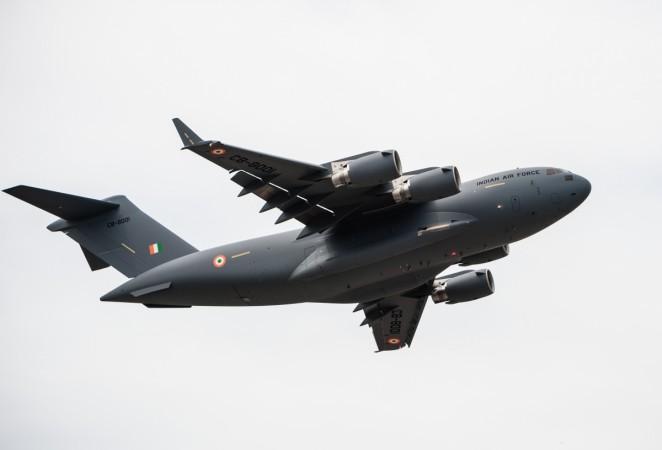
The signing of the Communications Compatibility and Security Agreement (COMCASA) by the United States and India on Thursday will herald an unprecedented level of cooperation between the militaries of the two countries.
COMCASA will enable both sides to share intelligence and real-time information, including video feed in the time of tensions and wars. This is important as US and India have agreed to put together their synergies in pursuance of deterring a common 'enemy' in China in the Indo-Pacific region.
With COMCASA in place, both countries will be able to detect and nullify any Chinese mischief, or any other common threat, much faster than before.
Salient features of COMCASA
- COMCASA will come into force immediately and will remain for the next 10 years. It is an India-specific version of Communication and Information on Security Memorandum of Agreement (CISMOA).
- During a conflict, it will enable Indian and US military to operate side by side without hiccups as both sides will use common communication equipment to enable data sharing related to the position of the enemy, friendly forces and assets. It will also help in operating with forces of other countries like United Kingdom, Australia, Japan and South Korea which uses the same equipment.
- In light of aggressive posturing by Chinese navy vessels in the India Ocean, South China Sea and elsewhere, once a Chinese warship or a submarine is detected by either Indian or American patrolling ships or aircraft, they will instantly share encrypted data with each other on the type and class of the vessel, its exact location and the threat it poses.
- Indian Navy's P-8I anti-submarine and surveillance aircraft, which are key to keeping check on Chinese submarines and other ships, will be re-fitted with sensitive communication gear, similar to the one used by the US, which were removed and replaced with unsecure commercial systems when the planes were delivered because India had not signed COMCASA at that time.
- Sea Guardian which is the naval version of the US Air Force's Reaper drone will soon be inducted into the Indian Navy and will come fitted with all the COMCASA-enabled cutting-edge encrypted communications systems. The Indian side will have full control when it comes to encryption.
- The agreement will allow the Indian military to fully exploit the potential of assets such as the C-17 and C-130 transport aircraft of the Indian Air Force. It also includes the Apache and Chinook helicopters which are being acquired in the next few years by use of encrypted communication systems, similar to the ones used by US forces, rather than the present systems which are vulnerable to eavesdropping.
- It will enable India to buy high-end military equipment, like the F-35 fifth-generation stealth fighter from the US.
- However, US will have the right to inspect the systems to check whether they have not been tampered with, reverse engineered or shared with a third country.
- India is also concerned that the US may monitor the movement of the drones it has supplied. However, the US has assured India that it holds the encryption keys and it will be difficult for the US to do so if India doesn't allow it.

















